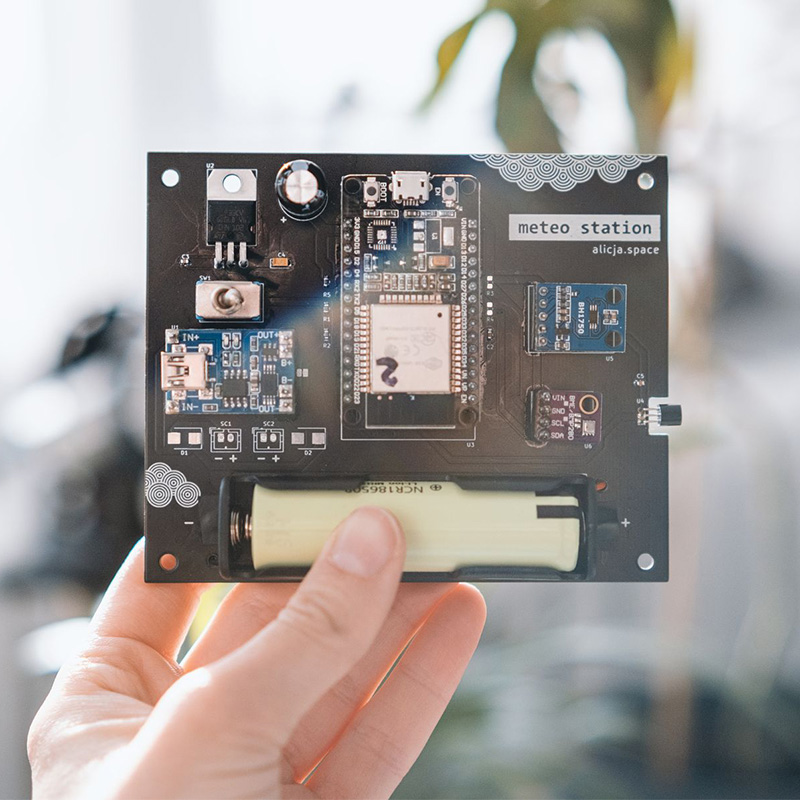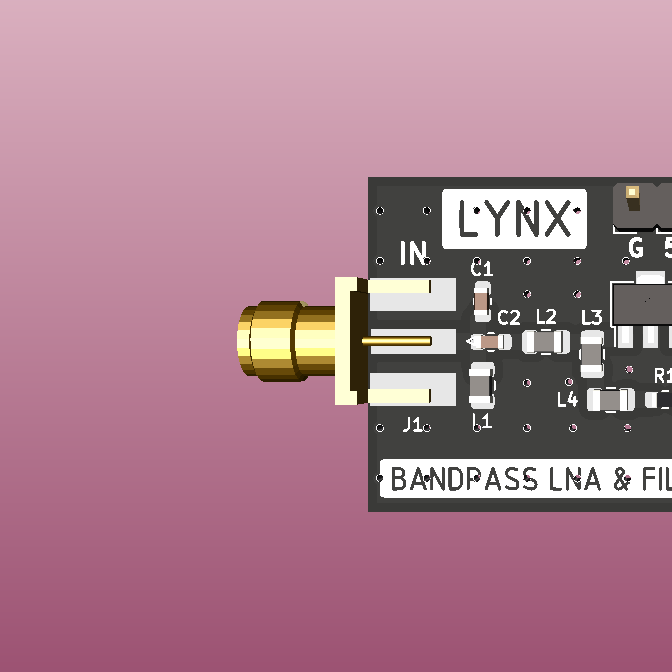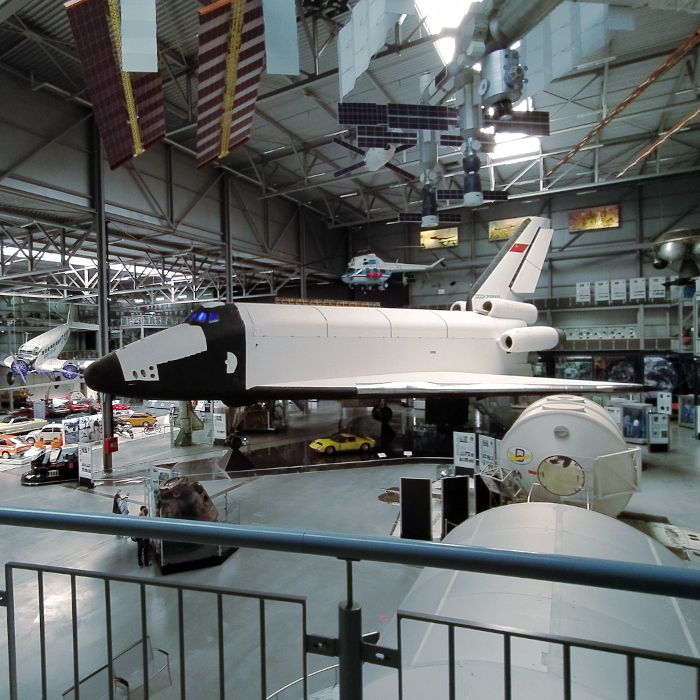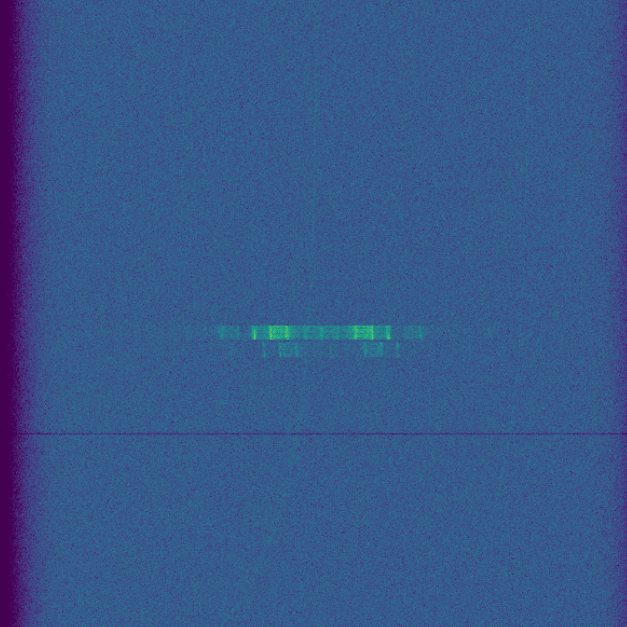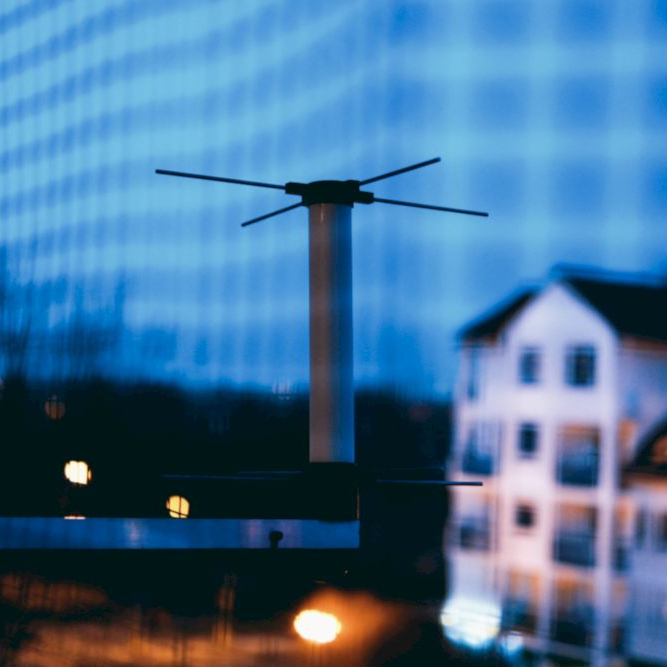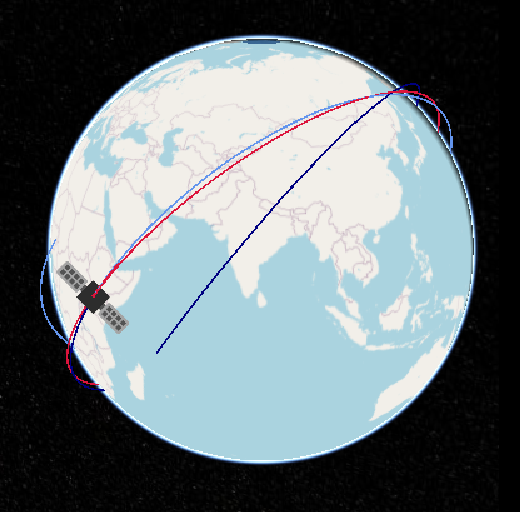Piksele z kosmosu. Historia pierwszych polskich zdjęć kosmicznych
Po dłuższej przerwie wracam na bloga z dość obszernym, ale także – mam nadzieję – interesującym wpisem na temat… kosmicznych zdjęć. Opowiem Wam o fotografiach szczególnych, bo wykonanych w kosmosie przez polskie satelity i instrumenty optyczne made in Poland, działające za umowną granicą przestrzeni kosmicznej, czyli ponad linią Kármána. Przejdziemy sobie przy okazji przez niektóre ciekawe rodzime projekty z ostatnich lat i podywagujemy nad ich losami. Od ostatniego tekstu o polskich satelitach sporo się bowiem pozmieniało... read more

